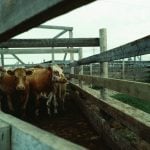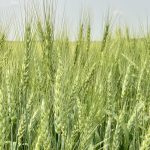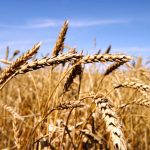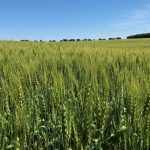More than 1,600 Prairie farms were hit by hail between July 29 and August 11, with the heaviest damage in Alberta, according to the Canadian Crop Hail Association (CCHC).










Approximately 1,000 crop damage claims made from storms between June 23 and July 1

Prairie-wide, variety-specific FHB risk maps now available online